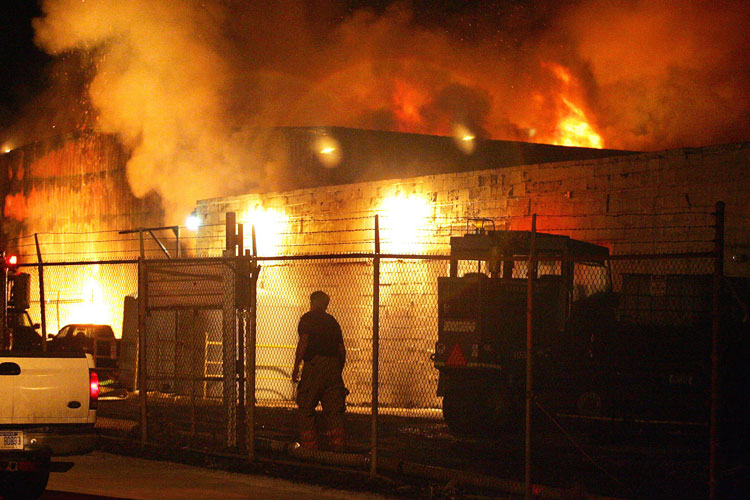One category of combustible dust is grain dust. Grain dust can be found in grain handling and grain storing facilities. An example of grain dust is dust from wheat, oats, barley etc. Grain dust is highly combustible, and much like other combustible dusts, certain conditions must be met in order for an explosion to occur. There must be oxygen present, fuel (the combustible dust), an ignition source (heat or a spark) and a restrictive area.
Whether or not grain dust can cause an explosion depends on its concentration or MEC (minimum explosive concentration). The MEC of a dust particle depends on the type of grain the particle came from. It is important for dust levels to be maintained below the MEC in order to avoid any explosions.
Grain dust explosions occur in a series of combustion reactions. If an explosion occurs, it is very likely that the energy and fuel released by the first explosion will cause another explosion to occur. One of the best ways to reduce the chance of a combustible dust explosion is to prevent dust accumulation and decrease the number of potential ignition sources in the environment.













